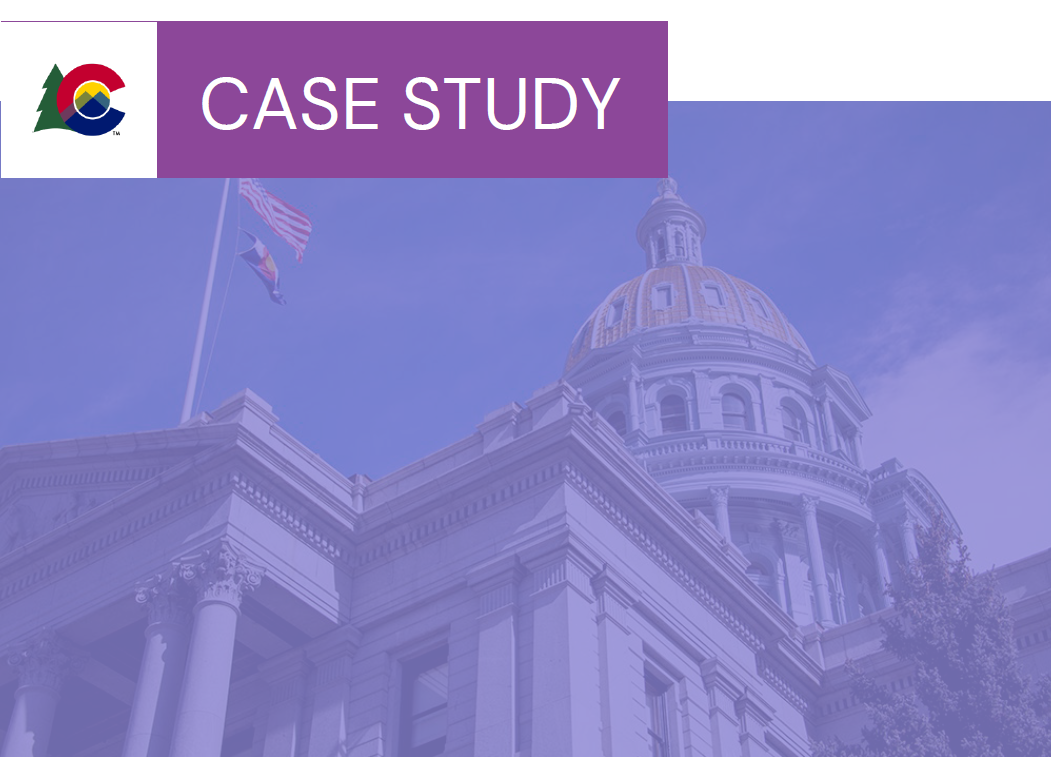Background
Given the protracted nature of the COVID-19 pandemic, states will likely experience additional, simultaneous emergencies concurrent with additional outbreaks of the virus. Experts are forecasting an above-average season for hurricane activity across the Atlantic as well as an above normal wildfire risk for the states in the Pacific Northwest. Extreme heat may present a nationwide threat and most states are likely to experience above average temperatures for many months of this year. Earthquakes, targeted violence, and cybersecurity incidents know no season and pose persistent risk. Responding to and recovering from these disasters independently presents a significant challenge to states, notwithstanding the already staggering effects of COVID-19 on human, financial, and physical resources. Governors will need to work across the emergency management enterprise to properly prepare for a confluence of events that will strain their already burdened systems to ensure that their states are ready to protect lives and property.
This memorandum provides: Actions for Governors Looking to Bolster Emergency Preparedness and An Overview of the Planning Considerations for Simultaneous Emergencies. In addition to the following recommendations, standard best practices for emergency management, including using a “whole community” approach, updating and socializing emergency operations and continuity of operations (COOP) plans, and enabling individual preparedness will provide a useful foundation for enhancing state readiness for disasters
Funding for this memo was made possible (in part) by the Centers for Disease Control and Prevention. The views expressed do not necessarily reflect the official policies of the Department of Health and Human Services.
All NGA COVID-19 memos can be found here, or visit COVID-19: What You Need To Know for current information on actions States/Territories are taking to address the COVID-19 pandemic; as well as advocacy, policy, and guidance documents for protecting public health and the economy.













